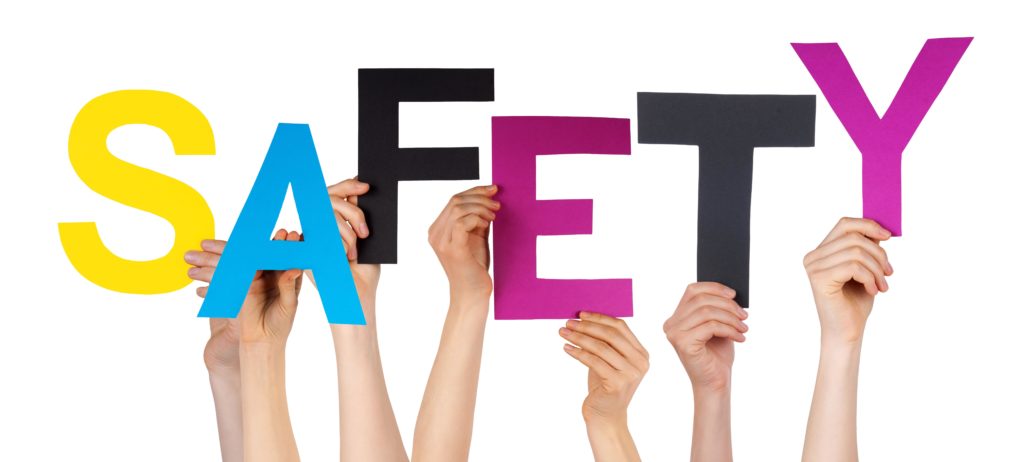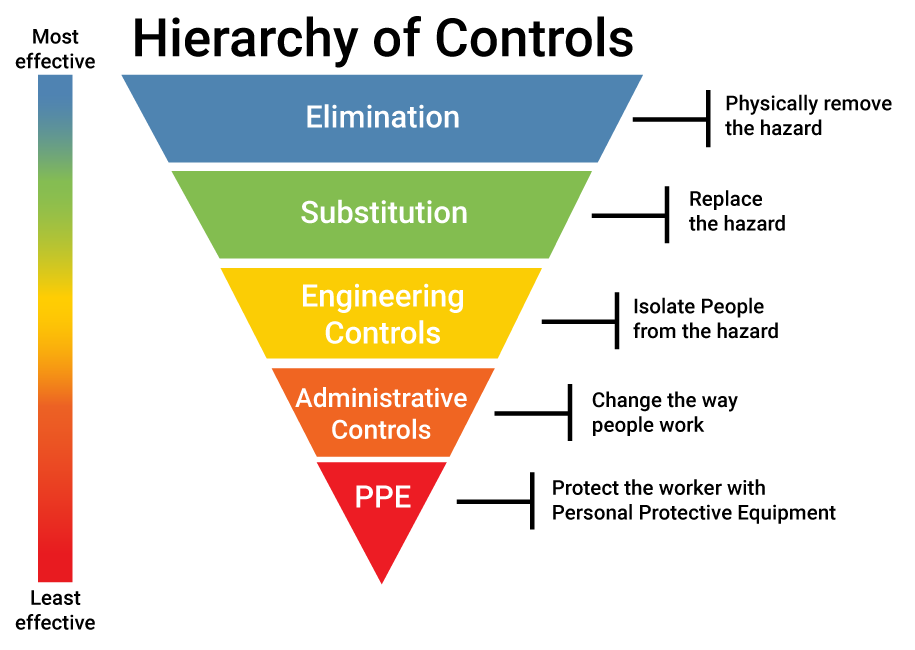What is Safety?

Are you ever curious when someone tells you to be safe? Like when your mother used to say, “be safe Michael.” We all probably hear it every day, all through our lives, even as adults. You get in your car you hear “drive safe” or “be safe;” when you leave the house your spouse may yell “Be safe honey.” When you’d ride your bike as a kid or walk across the street, the same thing, “be careful or be safe.” Then, when you get to work you hear “work safe” by your supervisor, and the management always tells you “being safe is our number one priority.” When I was in the fire service we would be subjected to oral interviews and the interviewers would always want to hear the word, safety, they just wanted to hear it. We hear it all the time. The word ‘safety’ always felt like an empty term to me years ago, now it has much more meaning. What does safety really mean and how do you define it?
After years of being in the construction field and the fire service, I think I've finally figured it out! Unbeknownst to the many people who have told you to be safe throughout your life; they are actually telling you to recognize hazards, evaluate your risks, and control such hazards! Some of you may recognize this as a JHA (Job Hazard Analysis). It’s also called JSA (Job Safety Analysis), THA (Task Hazard Analysis) and sometimes you’ll see acronyms such as RACE, ARECC, and typically what we refer to at HAZWOPER OSHA Training as the Three-Stage Safety Model. Each of these famed acronyms revolves around basically the same formula:
Recognize + Evaluate + Control = SAFETY
The three-stage safety model is not a ‘Risk Assessment.’ However, it is similar in some ways. The most notable difference is that JHA’s are micro in nature, whereas the risk assessment is macro. Thus, the key difference is scope. Furthermore, JHA’s are limited to an individual or group task while risk assessments typically assess safety hazards across the entire workplace or business. The risk assessment provides a broader view of all types of risks across the entire business. However, generally speaking, a JHA performed in the construction industry typically involves a general task or series of tasks to accomplish an objective for a particular time period (usually a half-day or full-day). Meanwhile, JHA’s undertaken in the general industry usually concentrate on individual movements in one particular task and break each movement down to determine the potential risk involved within sub-tasks. Let’s talk about what actually constitutes a hazard.
What is a Hazard?
Before discussing the aforementioned formula, let’s first understand what a hazard is. According to OSHA, “a hazard is associated with a condition or activity that, if left uncontrolled, can result in an injury, illness, or death.”
Hazard Recognition
The most difficult aspect of the Three-Stage Safety Model is to possess the ability to recognize a hazard in the first place. Whether it’s recognizing a car coming around the corner while crossing a street, or looking both ways before crossing, or working in a confined space while being unaware of the potential dangers inside. If you don’t have a trained eye, knowledge, or experience to recognize a hazard, subsequently, nothing else matters. I’ve found over the years; a majority of people don’t possess the ability to recognize a hazard in the first place. Some have worked around the same hazard(s) for many years and were just very fortunate to have encountered no accident(s). Recognizing a hazard is derived from years of experience, education, and a trained eye. Once you gain that knowledge, hazards seem to stick out like fireworks going off in front of your eyes, they become easy to recognize.
Hazard Evaluation
Once someone can recognize a hazard, they usually evaluate risk at their own level of comfort. Sometimes they misjudge that risk and don’t take the necessary controls to mitigate that risk and suffer the consequences of injury, illness, or death, and if fortunate, a near miss (or hit). When a hazard is found, OSHA states that you must ask yourself “what can go wrong, what are the consequences, how could it happen, what are contributing factors, and how likely is it that the hazard will occur?” Once the risks at hand are determined, then it's time to gauge your control options, and this is where NIOSH’s Hierarchy of Controls plays a vital role in workplace safety and health. 
Source: NIOSH. (n.d.). Hierarchy of Controls. Website. https://www.cdc.gov/niosh/topics/hierarchy/default.html
Hazard Controls
The last stage in the model is ‘Control’. This is where the Hierarchy of Controls, as we’ve expressed in our HAZWOPER OSHA courses, comes into play with the image of the upside-down pyramid.
The ’Hierarchy of Controls’ starts with the most effective controls at the top of the pyramid, with the least effective controls coming in at the bottom. The top of the pyramid (elimination, substitution, and engineering controls) basically removes the human being from the source of danger or hazard. Work practices or administrative controls, together with personal protective equipment (PPE) at the bottom of the pyramid, insert the human being at the source of danger but advise precautions while doing so. These control measures have proven to be very effective over the years.
Is There More?
However, I personally feel the pyramid is not complete. Ultimately, you are responsible for your own safety. Therefore, I believe that below the PPE level, at the bottom of the pyramid should be an added layer termed “individual safety.” This is where all the cumulative and instinctual safety messages come into play. Moreover, consider this point; it is not only individual safety, but when you work unsafe, you put your co-workers and everybody around you in an unsafe environment.
Remember, your mother was telling you to be safe, she unknowingly was telling you to recognize hazards, evaluate risks, and control such hazards. This is the knowledge we should follow throughout our lives. Remember, Mom is always right!
At HAZWOPER OSHA, our online courses consistently carry this safety theme and the Three-Stage Safety Model throughout.
Stay safe everybody! Now you know what it means.
Stay tuned for my next Blog: Do You Really Know Your 4-Gas Meter?
Michael J. Conroy, Retired Battalion Chief, Chicago Fire Dept. with 32 years of experience, is also a Certified Safety Professional (CSP) and Construction Health & Safety Technician (CHST). Mike is also an OSHA-Authorized Trainer and a certified Fire Dept. Safety Officer. Mike has vast experience and holds advanced certifications in confined space, fall protection, rigging, excavation rescue, and all the hazardous material disciplines, among many other certifications in the safety field. Mike will continue to write and speak on safety topics and share his years of safety experience through this media.



